-Qingdao Fluido Industrial Co.,Ltd
l What are forged pipe fittings
Forged pipe fittings are made by heating billet steel and hammering them with a press machine. Like other pipe fittings, forged steel pipe fittings are also used to connect pipes, change direction, or control the speed of water flow. Unlike other pipe fittings, forged steel pipe fittings have strong pressure resistance and can reach 2000/3000/9000lbs according to different wall thicknesses. The standard of forged steel pipe parts is ASME B16.11, and ASME B16.11 is generally referred to in the process of production and use.
Importance of using forged steel pipe fittings in piping systems:
1. Withstand high pressure: Forged fittings are made by shaping metal under high pressure and heat, the forging process creates fittings with a tight grain structure, so the fitting body is stronger, which is suitable for high temperature and high-pressure environments.
2. Resistance to corrosion: Forged fittings are normally made from materials such as 304/316 stainless steel and A105/20# carbon steel, which are known for their good performance and excellent resistance to corrosion.
3. Reliability: Due to their superior strength and durability, forged fittings are more reliable than cast fittings and less likely to fail under pressure or stress. This helps to ensure the overall integrity and safety of the piping system.
l Different Types of Forged Fittings
1. Socket Weld Fittings: These fittings are used for small pipe diameters and high-pressure applications. They are welded into place using a socket connection.

2. Threaded Fittings: These fittings have threads on the ends that allow them to be screwed onto the pipe or other fittings. They are commonly used in low-pressure applications.

1. Weldolet: Used to make a branch from the main pipe.
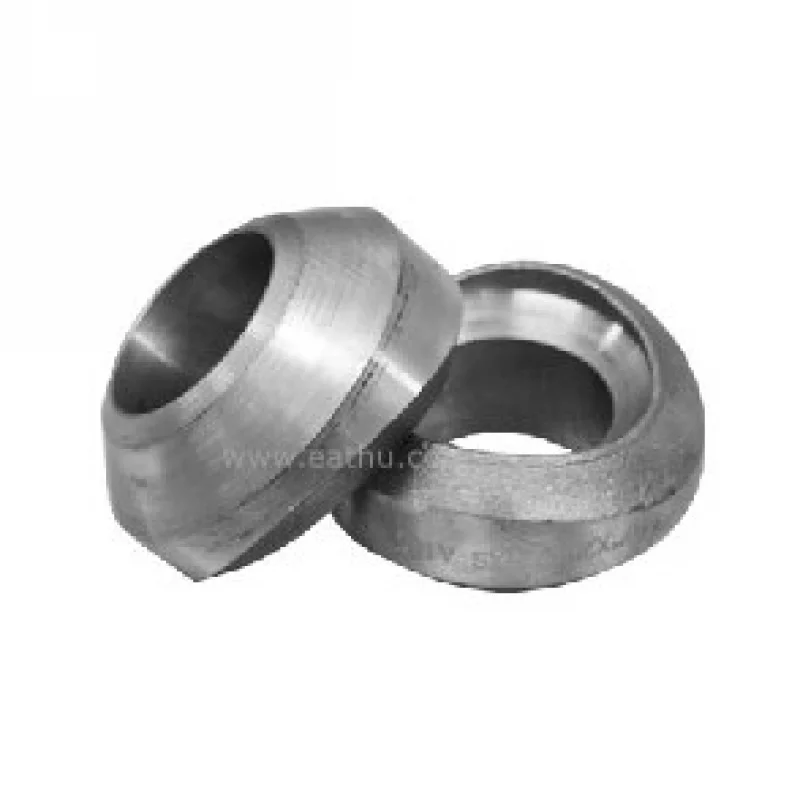
2. Elbow: Used to change the direction of a pipe. 45-degree elbow or 90-degree elbow.
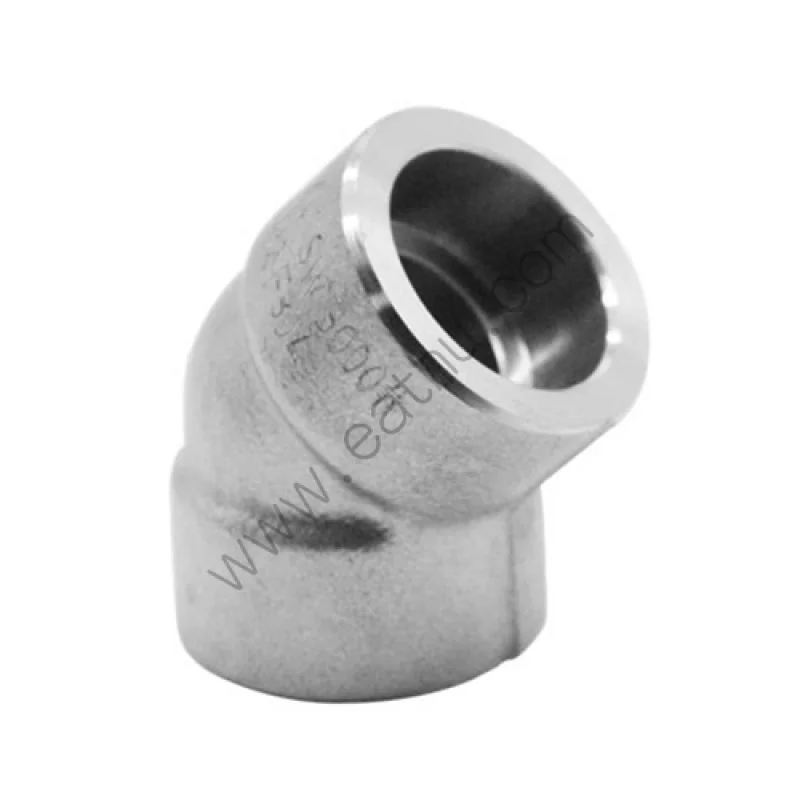
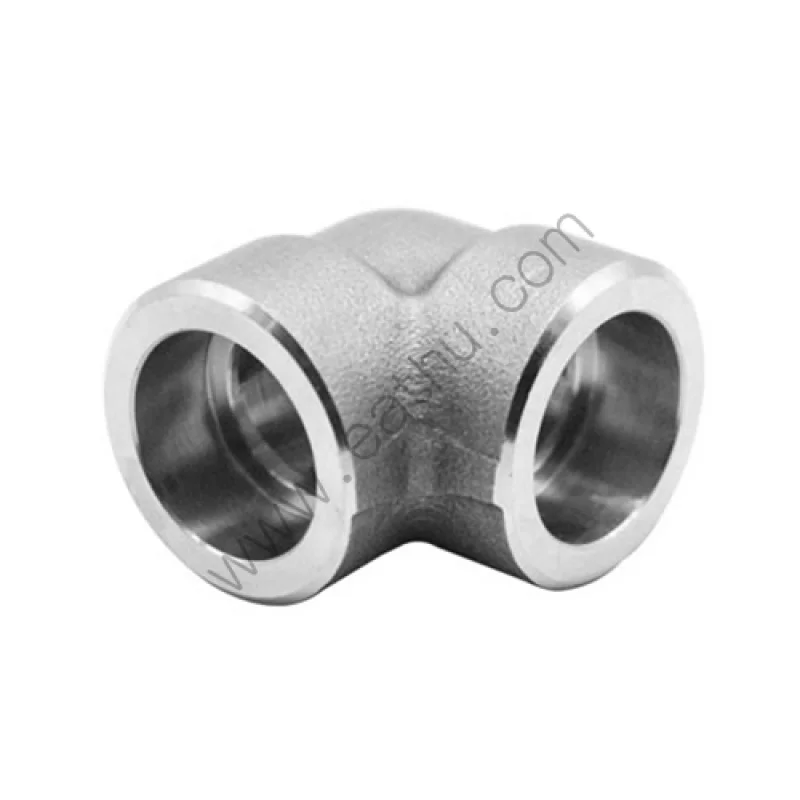
3. Tee: To create a branch in a pipe system. They have three openings, two openings in the main pipe direction, and another one in the branch direction.
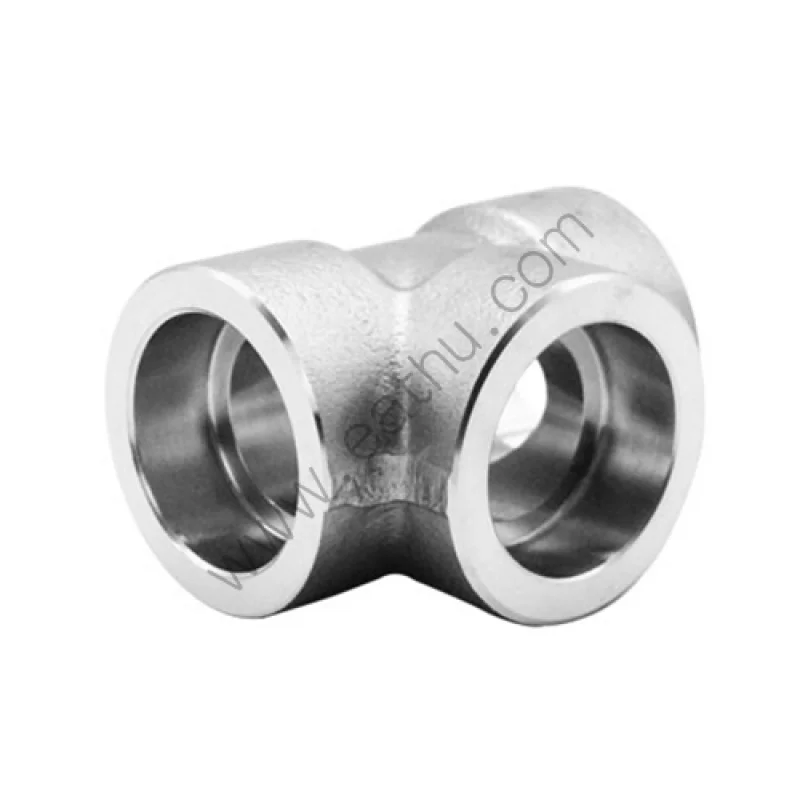
4. Coupling: Used to connect two pipes together.
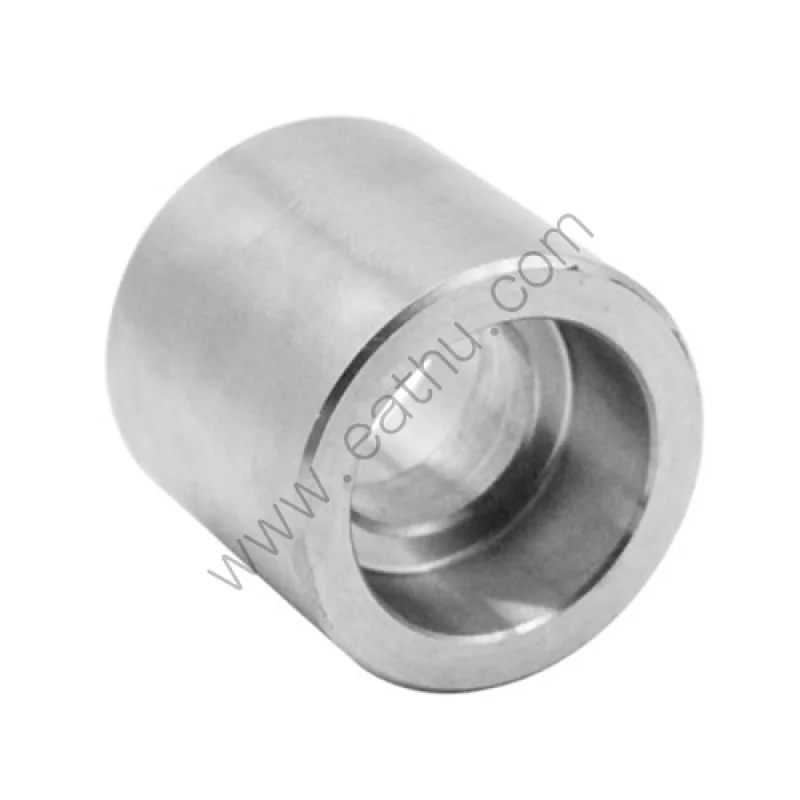
5. Union: Unions are similar to couplings but are designed to be easily disassembled for maintenance or repairs. They consist of three parts: a nut, a female end, and a male end.
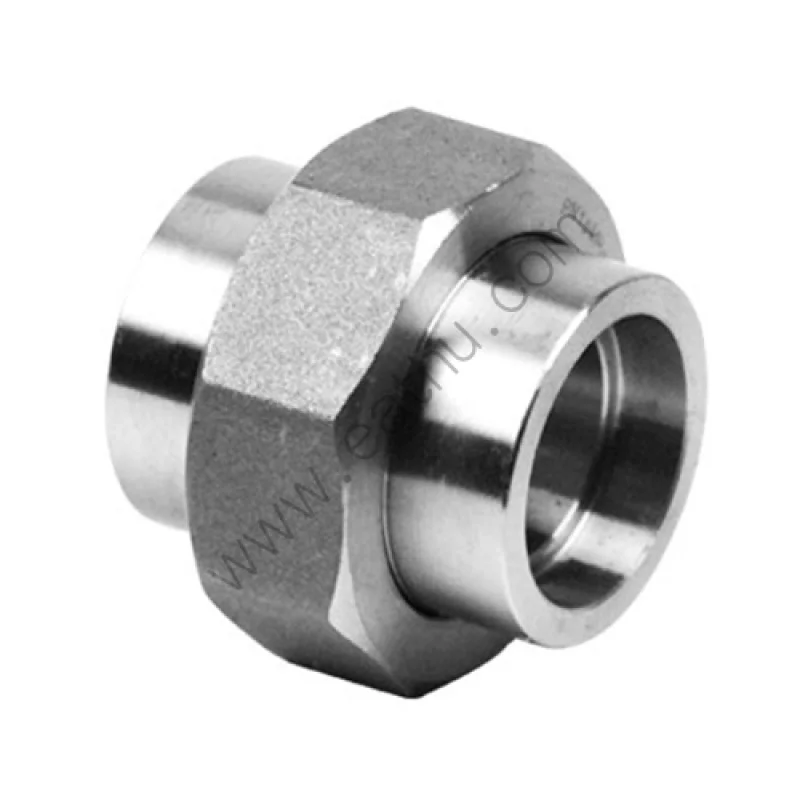
6. Cross: The cross has four openings and allows the liquid flow in all directions.
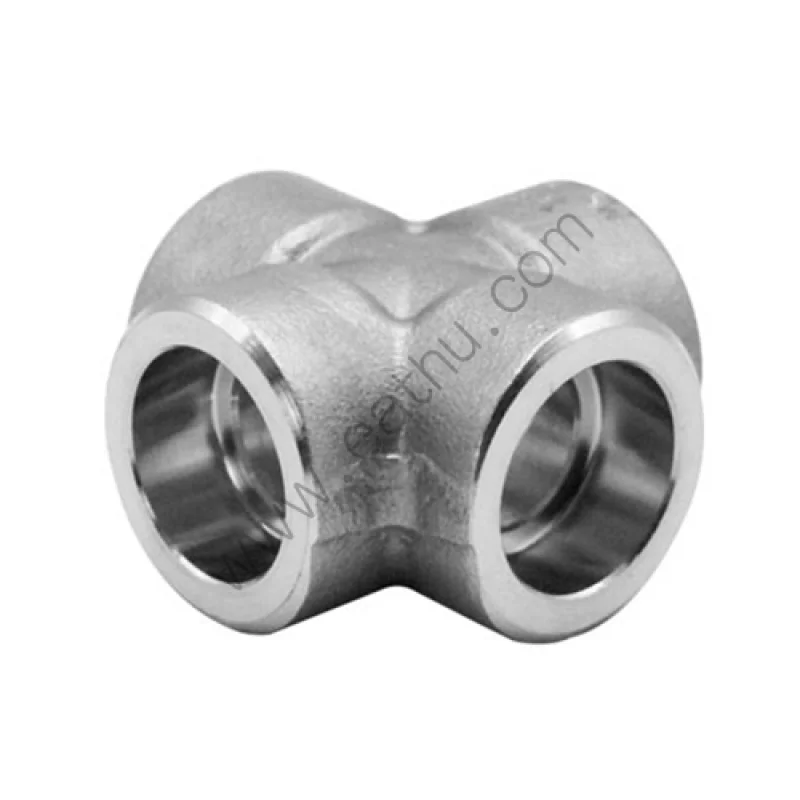
7. Cap: Used to close off the end of a pipe.
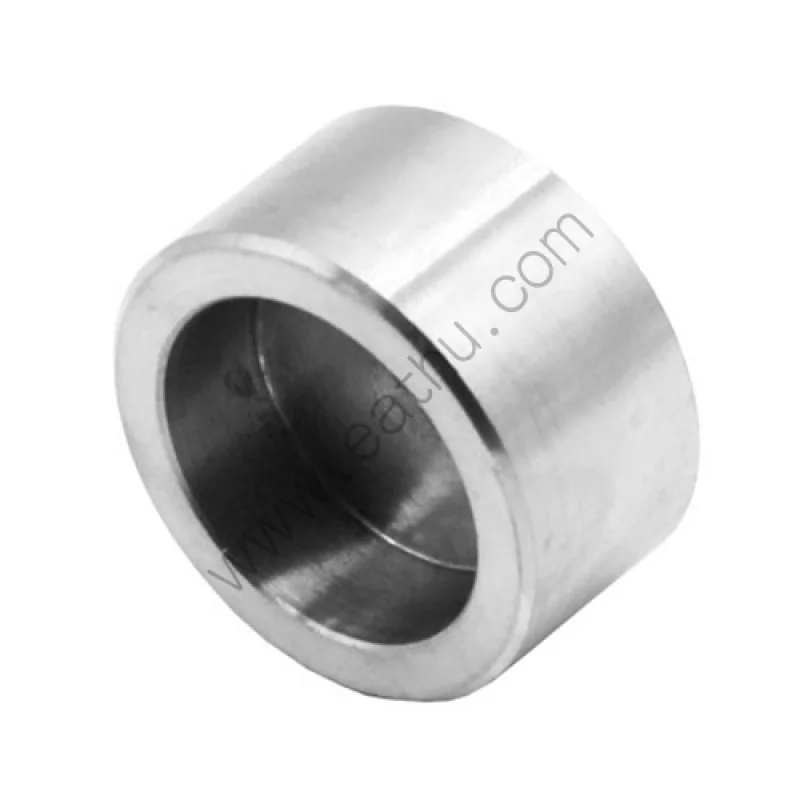
8. Bushing: Bushings are used to reduce the size of a pipe fitting opening. They have a male and female connection to fit into different-sized pipes.
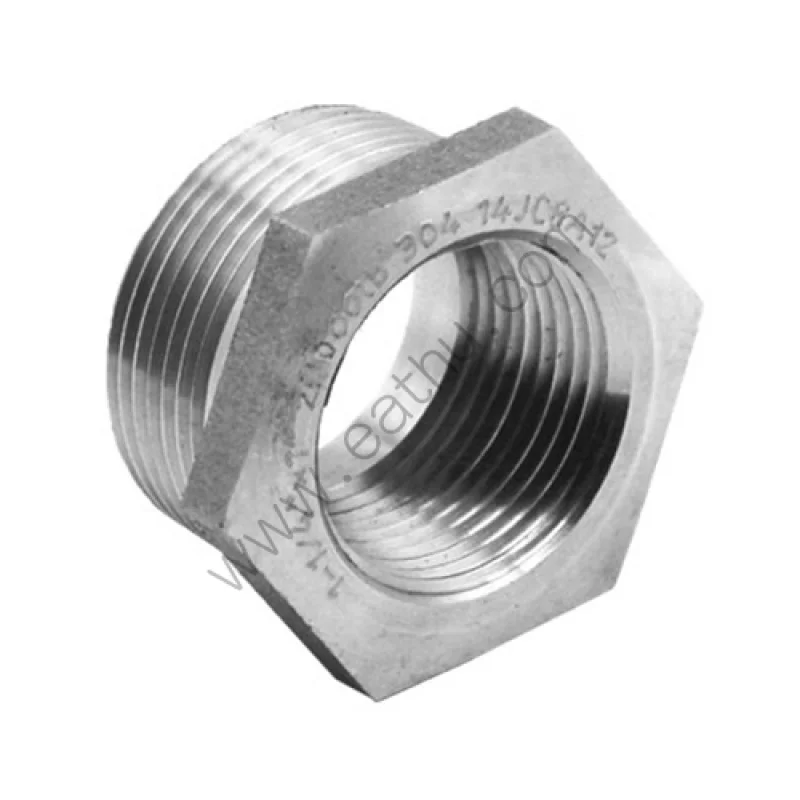
l Applications of Forged Pipe Fittings
1. Oil and gas industry
2. Chemical industry
3. Power generation industry
4. Aerospace industry
5. Automotive industry
6. Construction industry
7. Mining industry
8. Marine industry
9. Pharmaceutical industry
10. Food and beverage industry
For more information please contact: info@eathu.com